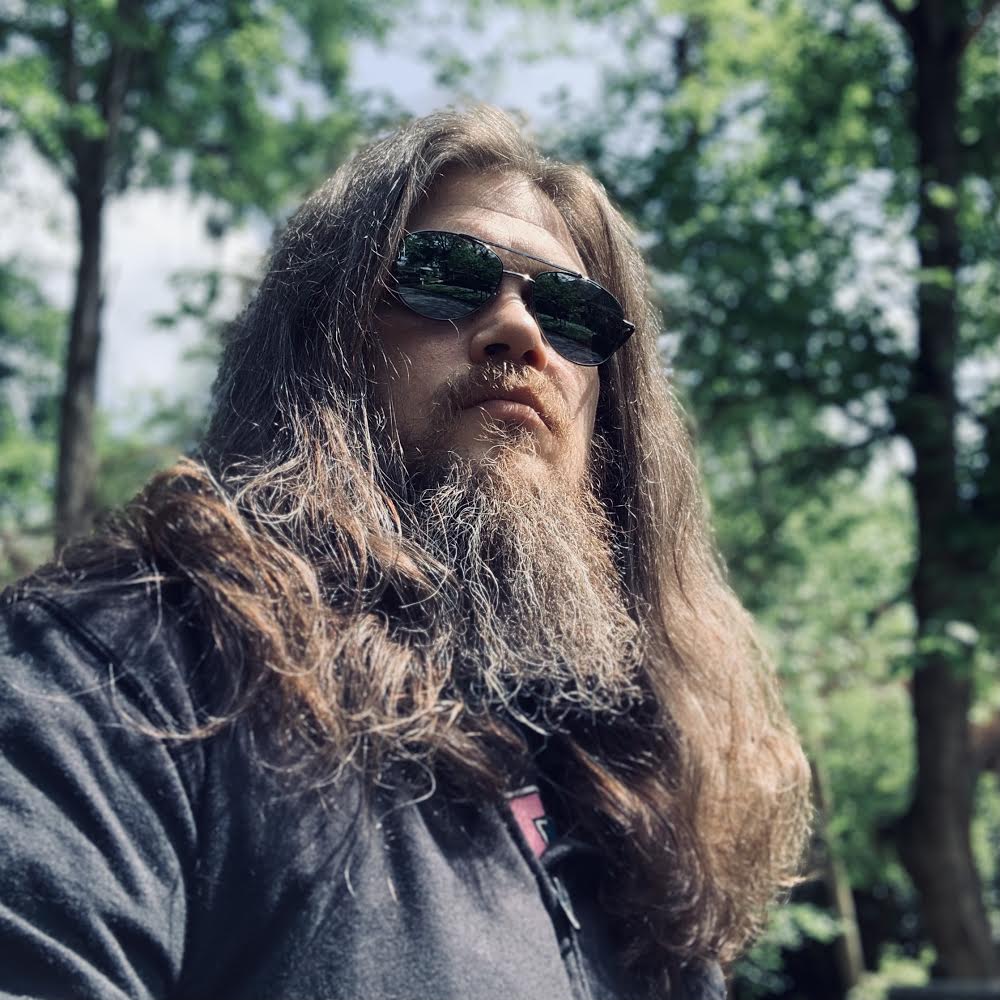WandaVision: The white Vision has deep comic book roots
How WandaVision's evolution of the Vision comes straight from comic books and what it may mean for Wanda and Vision's future
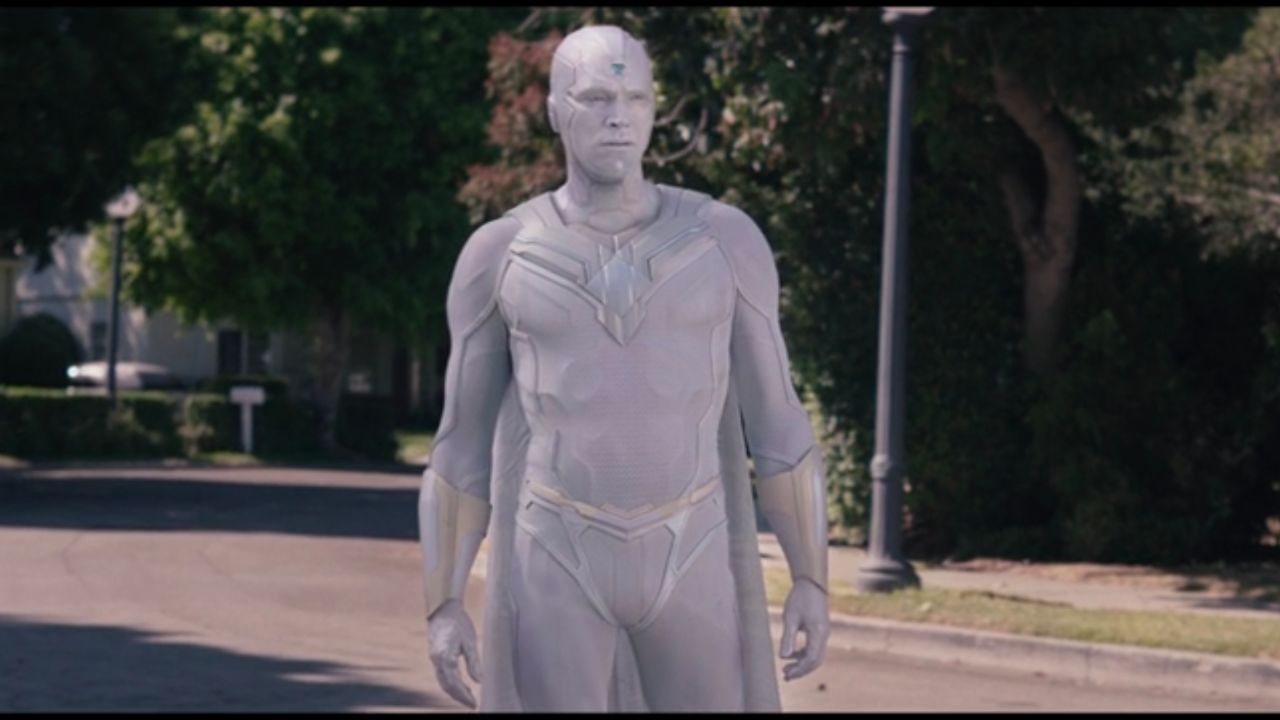
Following WandaVision episode eight's post-credits scene which revived the Vision's original components as a wholly separate synthezoid from the previous version, WandaVision episode nine brings both Visions together and sets the course for their futures.
Spoilers ahead for WandaVision
WandaVision episode nine follows up on the plot of episode eight, which went deep into Wanda Maximoff's backstory, showing the death of her parents as she and her twin brother Pietro enjoyed a night of classic American TV with them – setting the stage both for WandaVision's evolving sitcom setting, and painting a picture of Wanda's trauma.
Episode eight also depicted the start of Wanda's powers (yes, she had them before Strucker's experiments), moving forward through time as she volunteers for Hydra's Infinity Stone experiments, all the way to her discovery of Vision's dissected body in S.W.O.R.D. headquarters.
However, that scene didn't go quite as it was depicted in previous WandaVision episodes (presumably due to manipulation by S.W.O.R.D. director Hayward, who admits in episode nine his plan for his newly built Vision is to use him as a weapon for his own benefit).
Rather than stealing the components of Vision's synthezoid body, Wanda leaves in sorrow. She discovers the deed to property Vision bought in Westview, with the intent of giving Wanda the sitcom life of her dreams.
Overcome with grief, Wanda channels a tremendous amount of magic (Chaos Magic, to be exact, as per Agatha Harkness's explanation) to remake Westview – and to recreate Vision whole cloth from nothing, without even using his body.
In the finale of WandaVision episode nine, Wanda explains that she accomplished this by creating the wires and components of his body with her magic - and that his 'life' came from the power of the Mind Stone which still resides in her thanks to Strucker's experiments.
Comic deals, prizes and latest news
Get the best comic news, insights, opinions, analysis and more!
So where is Vision's body?
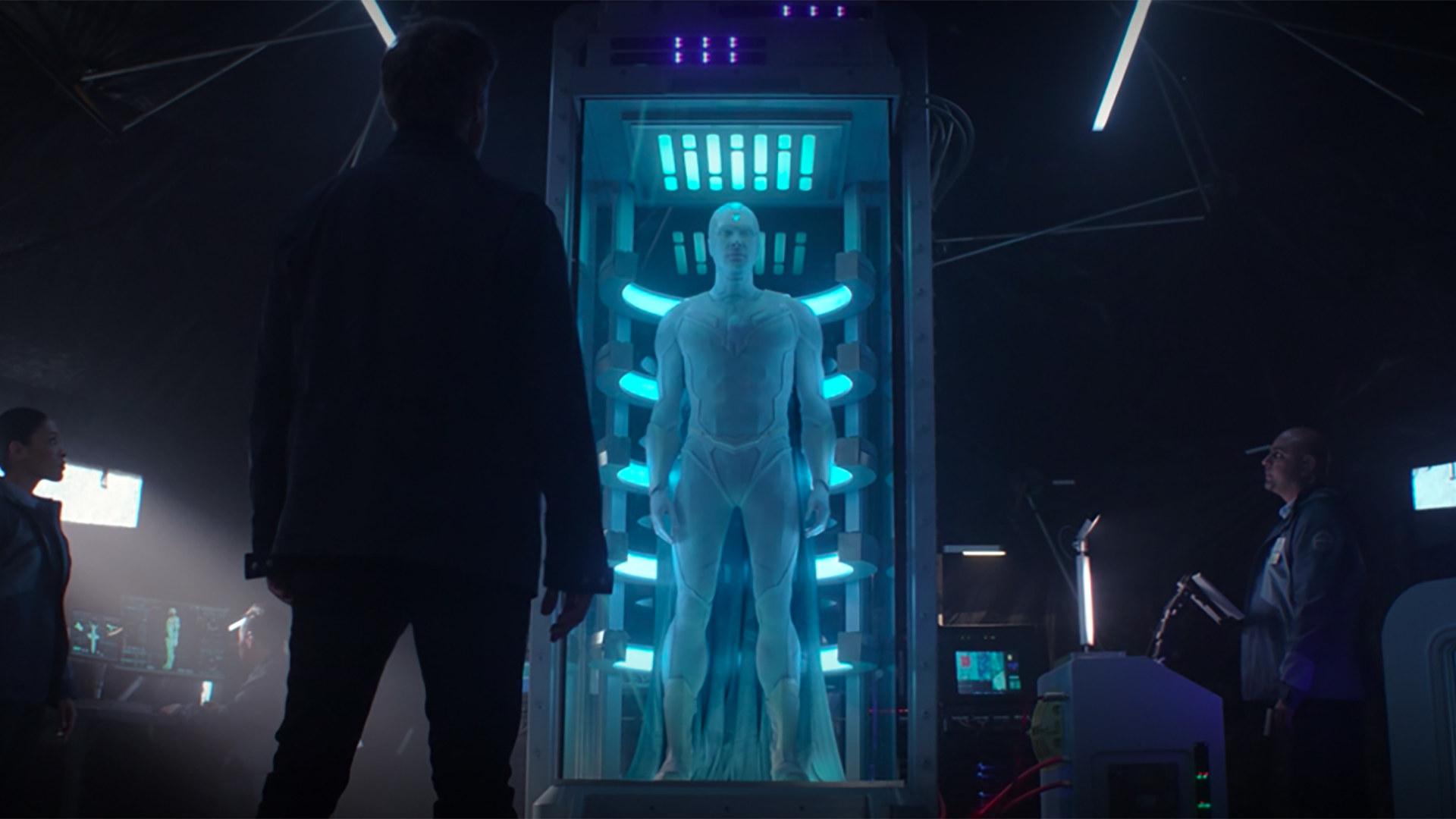
Well, that little tidbit is answered in episode eight's stinger, which depicted S.W.O.R.D. director Tyler Hayward using residual magic from one of the drones his team previously sent into Westview to animate a rebuilt version of the Vision, presumably crafted from his old components.
But the new Vision is different. Rather than the red, yellow, and green tones of Vision's usual appearance, the new Vision is fully white. This sort of appearance was first teased in Avengers: Infinity War, when the life and color left Vision's body after Thanos killed him by taking the Mind Stone from his forehead, and that darker, dead Vision has been glimpsed in flashes throughout WandaVision.
While a seemingly minor visual change, this adjustment comes straight from comic books, and the follow-up to the new Vision's awakening seems to confirm that the new Vision's future may have a lot in common with his comic book history - including the horrible tragedy that comes with it.
The comic book story behind Vision's change from a colorful, emotional synthezoid with a wife and two kids into an out-and-out villain and eventually an emotionless, robotic bachelor with a deeply traumatized ex (partially told in the comic book series Avengers: Vision Quest) is fraught with plot elements that could inform Vision's post-WandaVision destiny – and we'll explain it all right now.
Who is Vision in comic books?
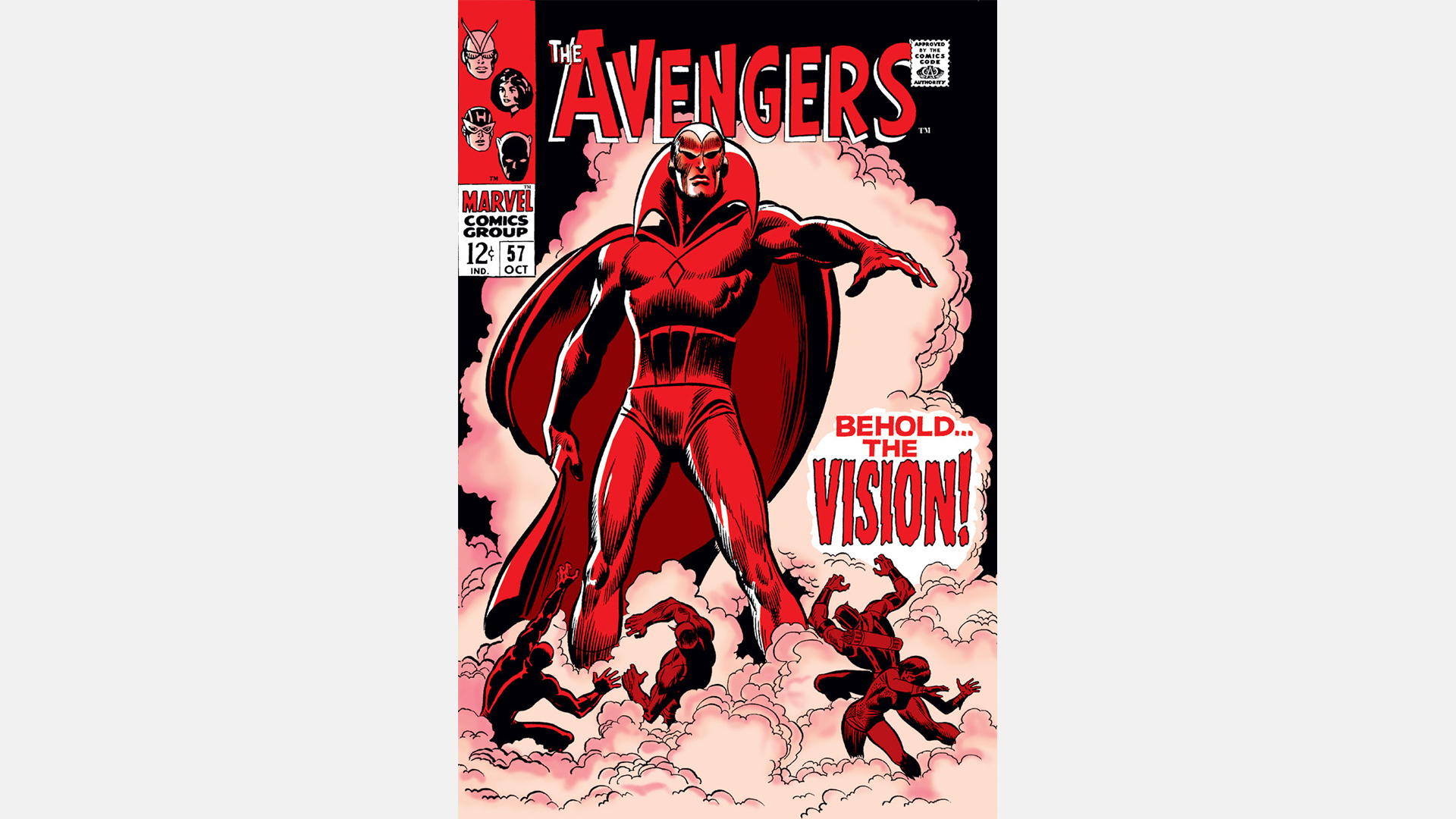
Much like in his MCU incarnation, Vision was built by the villainous Ultron in Avengers #57 (though in comic books, Ultron is a construct of Hank Pym rather than Tony Stark) to destroy the Avengers.
Originally created from the body of the original WWII-era android Human Torch (seen as an easter egg in Captain America: The First Avenger's World's Fair scene) with brain patterns based on the personality of Simon Williams/Wonder Man (a then-deceased adversary-turned-ally of the Avengers), Vision is a wholly unique artificial intelligence creation called a synthezoid, with the power to change his density at will.
Unlike in the MCU, he's not powered by the Mind Stone in the comic books, but by a solar energy-absorbing gem on his forehead, which allows him to shoot powerful energy beams.
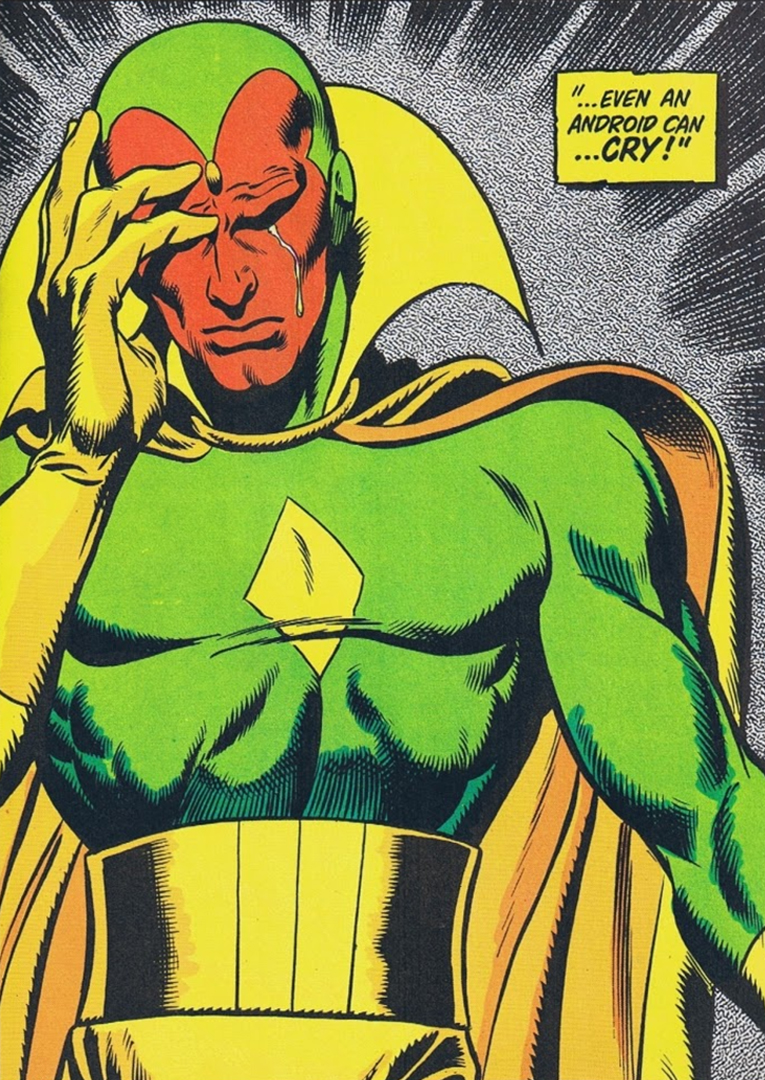
When Vision was first sent to fight the Avengers, he nearly dispatched the entire team. But they swayed him to betray Ultron and join the side of the heroes, leading to the immortal scene in which Vision is offered membership on the Avengers, shedding emotional tears that belied his android nature.
In the years following his introduction to the Avengers, Vision became a core member of the team, with many stories revolving around his budding relationship with Scarlet Witch and his complex family tree involving Hank Pym, Ultron, Wonder Man, and his brother the villainous Grim Reaper, and many more characters.
But after decades in good standing with the team, Vision had an intense personality change thanks to the interference of some well-known comic book villains, and almost conquered the Earth.
How did Vision go bad?
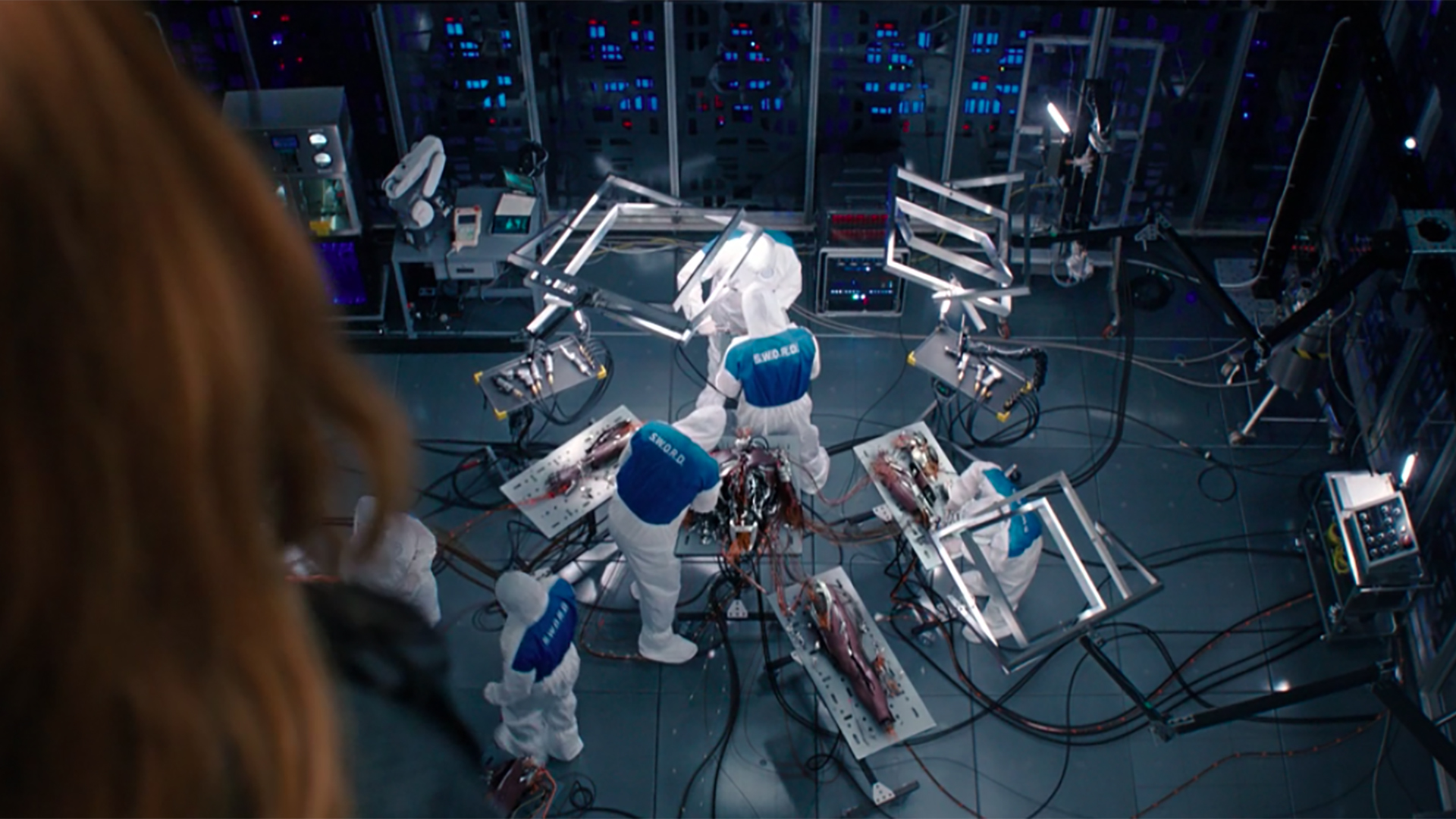
During a fight with Annihilus (a creepy insectoid Fantastic Four villain from the Negative Zone) in Avengers #233, Vision's matter phasing powers go haywire, and he winds up stuck in a coma of sorts for weeks, emerging in an immaterial, holographic form. This strains his then-budding marriage with Wanda and his relationship with their young twin sons William and Thomas – as well as his membership among the Avengers.
He eventually regains his form, becoming chairman of the Avengers and seemingly recovering from the strain of his previous condition.
But all is not well – Vision's synthezoid mind was deeply affected by being trapped in intangible form and years of interference by not just Ultron but the time-traveling Immortus (more on him shortly).
Vision has what can be described as a kind of psychotic break, and he attempts to interface with and control every computer on Earth to conquer the world – resulting in the Avengers being forced to take him down and reprogram him back to normal.
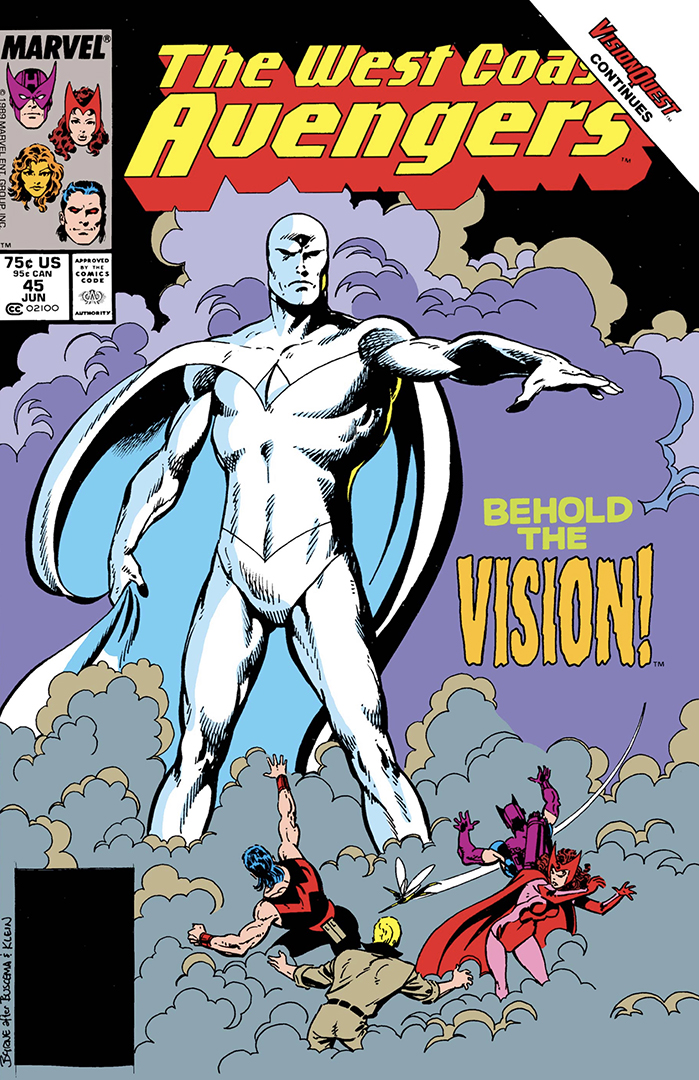
After this attempt at computerized conquest, Vision is monitored by a coalition of government agents meant to stop him from going bad again. But when he returns to the Avengers alongside Scarlet Witch, the agents, under the influence of Immortus (one of the many time-traveling incarnations of Ant-Man and the Wasp: Quantumania villain Kang), capture and dismantle Vision, who is eventually rebuilt as a blank, emotionless android without Wonder Man's brain patterns.
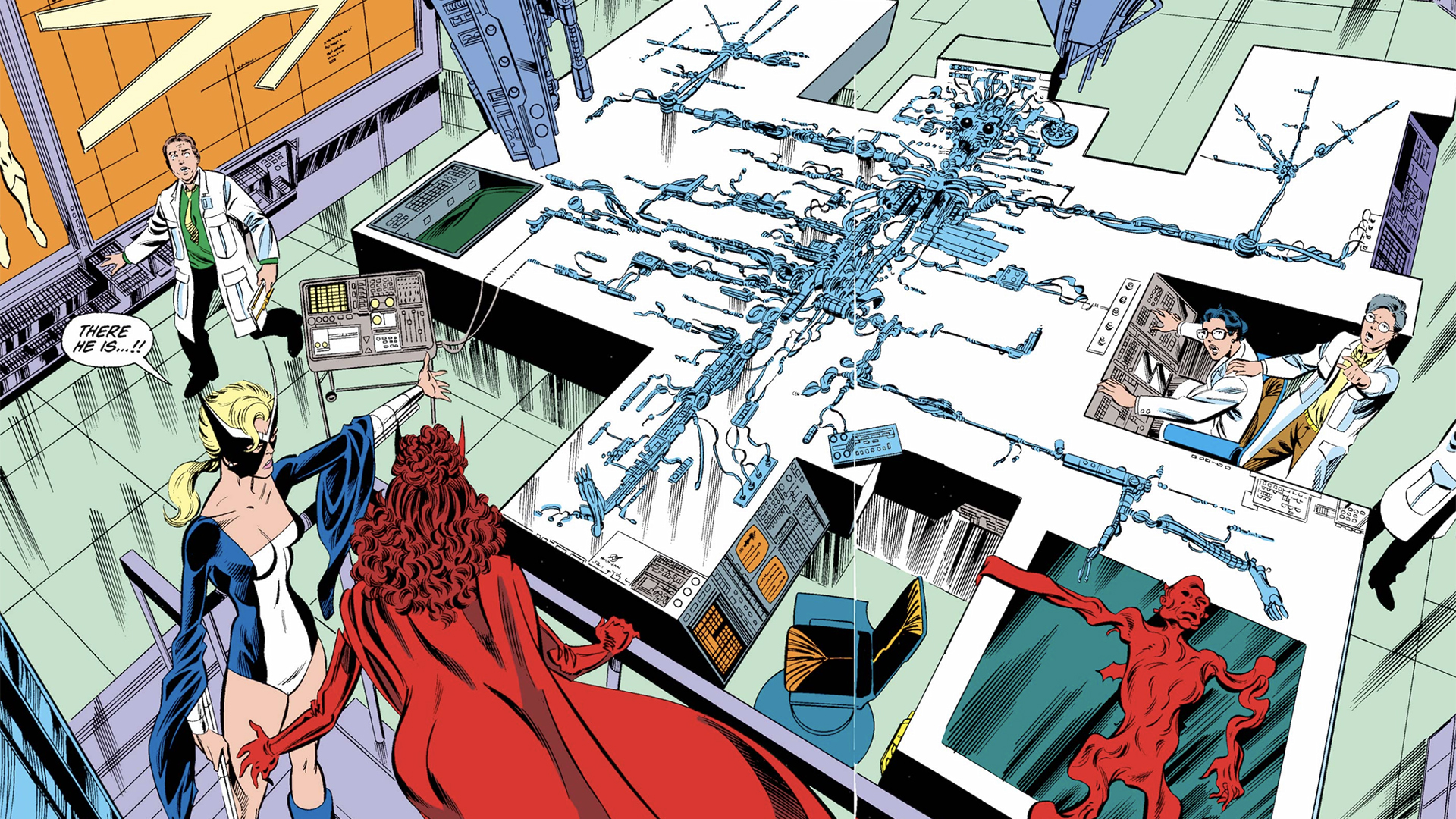
This strains his relationship with Wanda again, as the resurrected Wonder Man, who is secretly in love with Wanda, doesn't want to give his mind to Vision again. Though Vision eventually does regain his emotions and rebuild his relationship with Wonder Man, his marriage to Wanda is over.
Coupled with the disappearance of their sons, themselves constructs created by the magic of the demon Mephisto and some of Agatha Harkness's power, Wanda's own psyche takes a toll that eventually leads directly to the events of 'Avengers: Disassembled' and House of M which ended the Avengers for years, and nearly wiped out mutantkind, back-to-back.
What could this mean for Vision in the MCU?
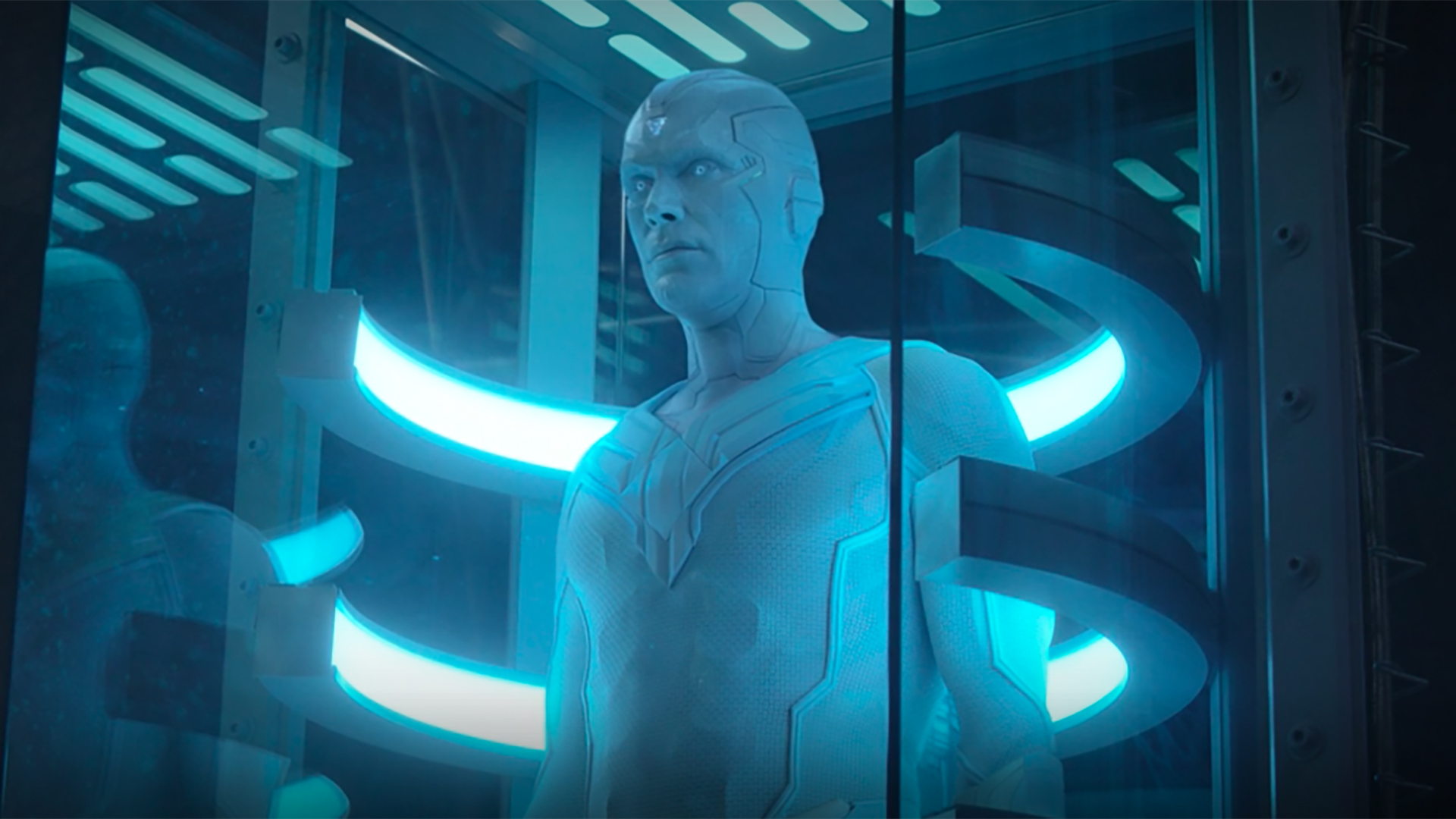
With S.W.O.R.D. director Hayward fully weaponizing Vision as the ultimate threat to Wanda, both emotionally and physically, WandaVision episode nine features a throwdown between original Vision and new Vision (Vision Clear? Crystal Vision? Pepsi might sue, and Fleetwood Mac might have something to say).
But rather than a simple physical altercation, the fight culminates in an intellectual debate in which Wanda's created Vision uses his Mind Stone power to activate new Vision's memory banks (though not the feelings that come with the data of his memories), leading him to abandon Hayward's control and flee.
In comic books, Vision's reanimation into a blank, emotionless synthezoid marked the true ending of his relationship with Wanda. The white Vision had the previous Vision's memories, but no emotional attachment to them.
As the Vision slowly went back to this original form and he regained an emotional attachment to his memories, he and Wanda have flirted with a rekindling of their relationships, but as both of their circumstances have evolved they've never fully reconciled.
WandaVision ends on a different note but there still might be storylines inspired by the comic books to come. Wanda and the Vision she created part ways lovingly in the show's bittersweet finale, although a reunion is hinted upon.
But there is no sign of the white Vision after he departs Westview. And combined with the second post-credits teaser, that might suggest the next phase of their relationship.
That scene ended on a sad, but strong note, with Wanda ascending to the role of the Scarlet Witch and studying the Darkhold to presumably rescue her lost children (now almost certain to be a major plot point of Doctor Strange in the Multiverse of Madness), which indicates that the story will take some cues from comic books in which Billy and Tommy's magically created souls were essentially reincarnated as actual human children, Wiccan and Speed of the Young Avengers.
The question now becomes, how will Wanda and the new Vision relate to each other when they cross paths again and when and where will that be? Given the white Vision didn't immediately seek her out, it seems to suggest this new version has either some self-discovery of his own to do and/or something is preventing him from an immediate reunion.
It could be that like the comic book white Vision, he remembers his relationship with Wanda but has no emotional attachment to them or her. At least he may not the next time they meet.
An additional path forward for the MCU Vision might also be inspired by the comic books. One of his subsequent cycles of being destroyed and rebuilt led to him being rebooted as a kind of 'teen' Vision, with him joining the Young Avengers. With Billy and Tommy now in the MCU, and Kate Bishop, Kamala Khan, Ironheart, and other young heroes already announced (and the seeds for characters like Hulkling and Patriot also being sowed in the MCU), could white Vision resurface as part of a Young Avengers franchise?
Time will tell and now that WandaVision is over, we likely won't get any answers until at least 2022.
I've been Newsarama's resident Marvel Comics expert and general comic book historian since 2011. I've also been the on-site reporter at most major comic conventions such as Comic-Con International: San Diego, New York Comic Con, and C2E2. Outside of comic journalism, I am the artist of many weird pictures, and the guitarist of many heavy riffs. (They/Them)
